Nagasaki: Uncovering Japan's Hidden Gem
- Alexander de Villiers
- Oct 24, 2023
- 9 min read
Nestled on the serene shores of Kyushu, Japan's southwestern island, lies a city that defies expectations and captivates the hearts of all who venture there. Nagasaki, the capital of Nagasaki Prefecture, is a testament to the enduring fusion of cultures, a living legacy of history, and a treasure trove of hidden wonders waiting to be discovered.
Intriguingly, Nagasaki's story is not one of mere antiquity but a narrative that bridges Japan with the wider world. Over centuries, its narrow inlet has welcomed travelers and traders from across the globe, leaving an indelible mark on its identity. Here, where East meets West and tradition mingles with innovation, Nagasaki emerges as one of Japan's most compelling travel destinations.
In this blog post, we embark on a journey to unveil the secrets of Nagasaki, a city known not only for its breathtaking landscapes but also for its resilience, diversity, and historical significance. Join us as we peel back the layers of history, explore cultural treasures, and savor the flavors of this hidden gem in the heart of Japan. Welcome to Nagasaki, where ancient cultural roots and modern influences converge to create an unforgettable travel experience.

Nagasaki's Rich History, Cultural Fusion, and Resilience
Nagasaki, often overshadowed by its more renowned Japanese counterparts, harbors a history as profound as it is unique. Tucked away on Kyushu's tranquil shores, this port city beckons travelers to explore its rich tapestry of cultural exchange, international commerce, and historical significance.
A Gateway to the World:
Nagasaki's story as an international crossroads began centuries ago. Due to its proximity to the Asian mainland, the city evolved into a vital trading post, facilitating interactions between Japan and the world. During Japan's period of isolation, Nagasaki was one of the few ports open to a limited number of foreign traders, including Portuguese and Dutch merchants.
In the streets of Nagasaki, echoes of this bygone era resonate. The Dutch Quarter, with its well-preserved 17th-century buildings, stands as a testament to Nagasaki's role as a hub for European traders. Strolling through these streets feels like stepping back in time, as the architecture and atmosphere transport visitors to a different age.

Christian Heritage:
Nagasaki's history also boasts a strong Christian presence, a legacy of the Jesuit missionaries who arrived in the 16th century. Oura Church, Japan's oldest standing Christian church, stands proudly as a symbol of this heritage. It was in Nagasaki that the first Christians settled, and their influence is still visible in the city's cultural fabric.
Chinese and Korean Connections:
Beyond its interactions with the West, Nagasaki maintained strong ties to China and Korea. These neighboring countries left an indelible mark on the city's culture, with Chinese and Korean influences still discernible in various aspects of Nagasaki's daily life.
Resilience and Rebirth:
Nagasaki's history includes a chapter of unimaginable tragedy. Toward the end of World War II, Nagasaki became the second city, after Hiroshima, to be devastated by an atomic bomb. The scars of that day are part of Nagasaki's history, and they are honored with the Nagasaki Peace Park and the Atomic Bomb Museum.
Remarkably, Nagasaki rose from the ashes of destruction, a testament to the indomitable spirit of its people. Today, the city stands as a symbol of resilience and peace, drawing visitors from around the world to learn about its history, culture, and commitment to a better future.
Modern Nagasaki:
While Nagasaki's history is a tapestry woven with threads from around the world, the city has evolved into a modern metropolis that retains its unique charm. Today, the international influences persist, from the array of culinary delights to the cultural festivals that celebrate Nagasaki's diverse heritage.
As we delve deeper into Nagasaki's rich tapestry, we'll uncover more layers of its fascinating history and cultural fusion. Join us in the exploration of a city where ancient roots, global influences, and unwavering resilience have merged to create an extraordinary travel experience.

Must-Visit Attractions
Nagasaki is a city where history, culture, and natural beauty converge to offer an array of captivating attractions. From poignant reminders of its past to breathtaking vistas of its present, here are the must-visit sites that make Nagasaki a true hidden gem.
1. Glover Garden: Where History Blooms:
Perched on the verdant hills overlooking Nagasaki Harbor, Glover Garden is a testament to the city's international past. Named after Thomas Blake Glover, a Scottish merchant pivotal in Japan's industrialization, this open-air museum transports visitors to a bygone era. Stroll amidst well-preserved European-style homes, lush gardens, and panoramic views that paint a vivid picture of Nagasaki's past as a hub for foreign trade.

2. Nagasaki Peace Park and Atomic Bomb Museum: A Tribute to Peace:
Nagasaki's resilience and commitment to peace shine through its Nagasaki Peace Park and Atomic Bomb Museum. Located near the epicenter of the atomic blast, these sites serve as a poignant reminder of the devastating event that unfolded here in 1945. The park's serene atmosphere, adorned with monuments and sculptures, offers a place for reflection and remembrance, while the museum preserves the memory of that fateful day and advocates for a world without nuclear weapons.

3. Hashima (Gunkanjima): A Ghostly Industrial Relic:
Just off Nagasaki's coast lies Hashima Island, colloquially known as Gunkanjima or "Battleship Island" due to its distinctive silhouette. Once a bustling coal mining community, Hashima now stands as an eerie, abandoned relic of Japan's industrial past. Its crumbling buildings and desolate streets have garnered worldwide attention, even serving as the inspiration for a James Bond film. A guided tour of this enigmatic island is a must for history enthusiasts and urban explorers.
4. Mt. Inasa: The 10 Million Dollar Night View:
For a breathtaking perspective of Nagasaki's cityscape, ascend to the heights of Mt. Inasa. The open-air deck atop this 333-meter high mountain offers a 360-degree view that has earned its moniker as the "10 Million Dollar Night View." Whether witnessed at sunset or beneath a blanket of stars, the vistas from Mt. Inasa are simply mesmerizing. The journey to the peak, via the Nagasaki Ropeway, adds an extra layer of excitement to the experience.
These are just a few of Nagasaki's standout attractions, each offering a unique window into the city's history, culture, and natural beauty. As we continue our exploration, we'll delve deeper into Nagasaki's treasures, uncovering more hidden gems that await your discovery.
Exploring Nagasaki's Cultural Heritage
Nagasaki's allure extends far beyond its historical landmarks and picturesque landscapes. This vibrant city is a living testament to the fusion of cultures and the preservation of traditions that have shaped its identity. As we venture deeper into Nagasaki's cultural heritage, we discover a captivating tapestry woven with threads of diverse influences.
1. Dejima: A Dutch Trading Enclave Revisited:
Step back in time and immerse yourself in Nagasaki's past at Dejima, a man-made island that was once a thriving Dutch trading post during Japan's era of isolation. Today, this meticulously restored enclave offers a glimpse into the city's early connections with the West. Explore the narrow streets, visit the Dejima Dutch Trading Post Museum, and relive the history of Nagasaki as a gateway to foreign trade.

2. Oura Church: Japan's Christian Legacy:
Nagasaki is home to Oura Church, a historic landmark that bears witness to Japan's enduring Christian legacy. This beautiful Catholic church, perched atop a hill, is not only Japan's oldest standing Christian church but also an important symbol of religious freedom. Wander through the church's serene surroundings and learn about the resilience of the early Japanese Christians who sought solace within these hallowed walls.

3. Architectural Diversity: East Meets West:
In Nagasaki, architectural diversity is on full display. As you wander through the city's streets, you'll encounter a captivating blend of architectural styles. From stately European-style homes in the former foreign settlements to traditional Japanese temples and shrines, Nagasaki's architecture reflects its rich history of cultural exchange.
4. Festivals and Traditions: Celebrating Diversity:
Nagasaki's cultural tapestry is further enriched by its festivals and traditions. The city's signature festivals, like the Nagasaki Lantern Festival, pay homage to its Chinese heritage. These vibrant celebrations illuminate the streets with colorful lanterns and cultural performances, creating a lively atmosphere that's not to be missed.

5. Chinatown: A Taste of Asia in Nagasaki:
Nagasaki's Chinatown, one of the oldest in Japan, is a bustling enclave that transports visitors to the heart of Asia. Stroll through its vibrant streets, savor authentic Chinese cuisine, and immerse yourself in the lively atmosphere. It's a sensory journey that provides a delightful contrast to the city's other cultural offerings.

Nagasaki's cultural heritage is a mosaic of influences from around the world, offering a unique and enriching experience for travelers. As we continue to explore this hidden gem, we'll uncover more facets of Nagasaki's rich cultural identity and discover the ways it continues to thrive in the present day.
Natural Beauty and Outdoor Adventures
While Nagasaki's historical and cultural wonders are undeniably captivating, the city's natural beauty and outdoor experiences are equally enthralling. Whether you're seeking tranquility in nature or an adrenaline rush, Nagasaki offers a diverse range of outdoor adventures.
1. Goto Islands: Pristine Beaches and Seafood Delights:
Escape the hustle and bustle of the city and set sail for the Goto Islands, a picturesque archipelago off Nagasaki's coast. Here, you'll discover unspoiled beaches with crystal-clear waters, perfect for swimming, sunbathing, or water sports. The Goto Islands are also renowned for their delectable seafood, so don't miss the opportunity to savor fresh catches of the day..

2. Tsushima Island: Eco-Tourism Paradise:
Nature enthusiasts and eco-tourists will find their paradise on Tsushima Island, an untouched gem in the Nagasaki Prefecture. Explore lush forests, hike scenic trails, and encounter diverse flora and fauna. Tsushima's pristine landscapes are a haven for birdwatching and wildlife enthusiasts, offering a chance to connect with Japan's natural heritage.

3. Sea Adventures: Diving, Snorkeling, and Sea Kayaking:
Nagasaki's coastal waters beckon adventurers with an array of sea activities. Dive into the deep blue to discover vibrant underwater ecosystems, where colorful marine life thrives. Snorkelers can explore shallow coral reefs, while sea kayakers can paddle along Nagasaki's stunning coastline, soaking in the coastal beauty from a unique perspective.
4. Sasebo and Hirado: Exploring Unzen and Shimabara:
Venture further into the Nagasaki Prefecture to explore Sasebo and Hirado. Unzen and Shimabara offer hiking opportunities amidst volcanic landscapes and hot springs. Embrace the therapeutic qualities of these natural wonders as you soak in mineral-rich onsen baths, providing relaxation and rejuvenation.
Nagasaki's natural beauty invites you to embark on outdoor adventures, connect with nature, and experience the thrill of exploration. Whether you're drawn to the serene beaches of the Goto Islands, the ecological wonders of Tsushima, or the panoramic views from Mt. Inasa, Nagasaki's outdoor offerings promise unforgettable experiences for every traveler.
Dining in Nagasaki
Nagasaki's culinary scene is a mouthwatering reflection of its rich history and cultural diversity. From traditional Japanese dishes to international flavors, the city offers a delectable array of dining experiences that are sure to delight food enthusiasts.
1. Nagasaki Chanpon: A Bowl of Flavorful Fusion:
Start your culinary journey with Nagasaki Chanpon, a delightful noodle soup inspired by Chinese cuisine. This savory dish features a medley of vegetables, seafood, and meat, all simmered together to create a flavorful broth. What sets Nagasaki Chanpon apart is the unique preparation of the noodles, which are cooked right in the soup, resulting in a delightful combination of textures and tastes.

2. Sasebo Burger: A Taste of America in Japan:
Indulge in a culinary fusion at its finest with the Sasebo Burger. Originating around the American naval base in Sasebo, these mouthwatering burgers have become iconic in Nagasaki. Each eatery boasts its own specialty, from burgers topped with Berkshire ham to fried eggs, offering a delightful blend of American flavors with a Japanese twist.

3. Ariake Blue Crab: A Seafood Lover's Dream:
Seafood lovers won't want to miss the opportunity to savor the Ariake Blue Crab, a regional delicacy renowned for its sweet and buttery taste. Grilled, boiled, or served as sashimi, the Ariake Blue Crab is a must-try for anyone visiting Nagasaki. Its succulent meat is a testament to the region's coastal bounty.

4. Castella Sponge Cake: A Portuguese-Inspired Treat:
Discover a sweet slice of history with Castella Sponge Cake, a dessert introduced by Portuguese missionaries in the 16th century. This fluffy and moist cake, made with thick malty syrup, features a golden brown surface, a sweet aroma, and a rich taste. Nagasaki has put its own spin on this classic treat, offering varieties with black sugar, chocolate, cheese, and more.

5. Street Food and Market Delights: Exploring Local Flavors:
For a more casual dining experience, explore the vibrant street food stalls and local markets that pepper Nagasaki's streets. From takoyaki (octopus balls) to yakitori (grilled skewers) and tempura (battered and fried delights), these quick bites offer a chance to sample an array of authentic Japanese flavors.

6. Izakayas and Traditional Dining: Immersion in Local Culture:
To truly immerse yourself in Nagasaki's culture, visit one of the city's traditional izakayas. These cozy pubs offer an authentic experience, where you can enjoy local dishes, sip on sake, and engage in lively conversations with locals. It's an opportunity to savor both the flavors and the warmth of Nagasaki's hospitality.

Nagasaki's dining scene is a delightful fusion of flavors, cultures, and traditions. Whether you're sipping on a bowl of Nagasaki Chanpon, indulging in Sasebo's famous burgers, or savoring the sweetness of Castella Sponge Cake, each bite tells a story of Nagasaki's diverse culinary heritage.
Embrace Nagasaki's Unforgettable Tapestry
Nagasaki, a city that has gracefully risen from the ashes of its history, is a destination that weaves an unforgettable tapestry of experiences. From its poignant reminders of the past, such as the Atomic Bomb Museum and Peace Park, to its vibrant cultural heritage found in Dejima and Oura Church, Nagasaki offers travelers a unique blend of history, culture, and natural beauty.
As you explore Nagasaki's diverse neighborhoods, you'll encounter architectural wonders that blend East and West, lively festivals that celebrate diversity, and serene moments of reflection in stunning natural settings. Whether you're wandering the streets of Chinatown, taking in the panoramic views from Mt. Inasa, or immersing yourself in the pristine waters of the Goto Islands, Nagasaki's outdoor adventures beckon those seeking to connect with nature.
And, of course, Nagasaki's culinary offerings are a journey in themselves. From savory Nagasaki Chanpon to mouthwatering Sasebo Burgers and sweet Castella Sponge Cake, the city's flavors are a testament to its rich history and cultural fusion.
As you bid farewell to Nagasaki, you'll carry with you not just the memories of your travels, but the stories of resilience, diversity, and the indomitable spirit of this remarkable city. Nagasaki invites you to embrace its past, celebrate its present, and savor its future as a hidden gem waiting to be discovered. So, pack your bags and embark on an adventure that promises to leave an indelible mark on your heart—Nagasaki awaits, ready to share its treasures with you.
#NagasakiTravel #ExploreNagasaki #NagasakiHistory #CulturalFusion #HiddenGem #NagasakiAdventures #PeaceAndResilience #NagasakiAttractions #JapaneseCulture #NagasakiCuisine #OutdoorExploration #HistoricalLandmarks #NaturalBeauty #NagasakiHeritage #LocalFlavors #NagasakiJourney #NagasakiMemories #VisitJapan #TravelInspiration #Wanderlust


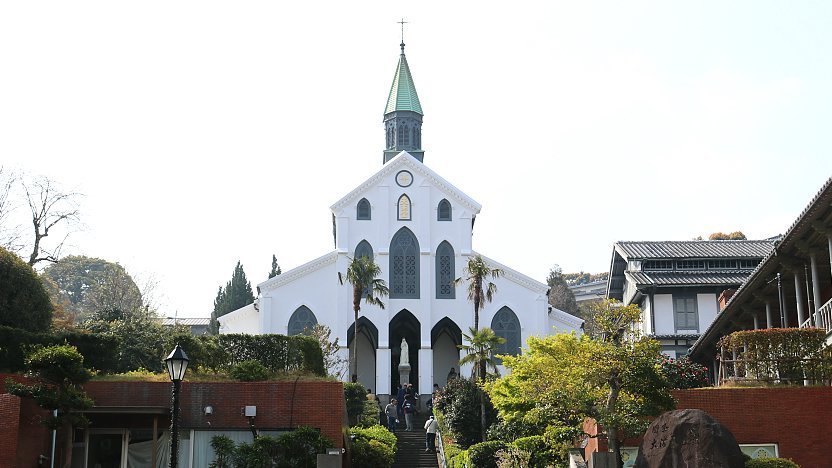

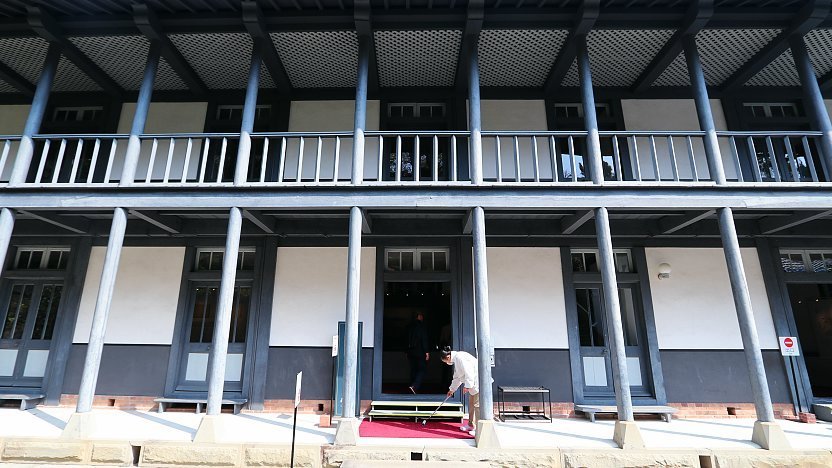
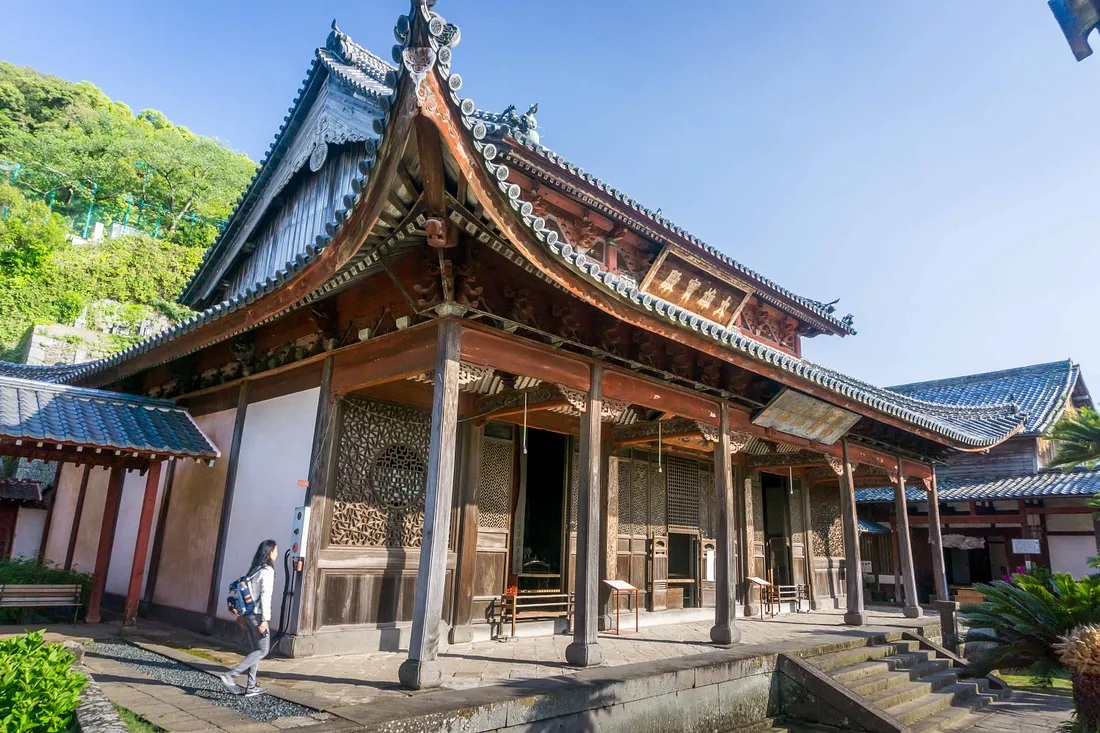
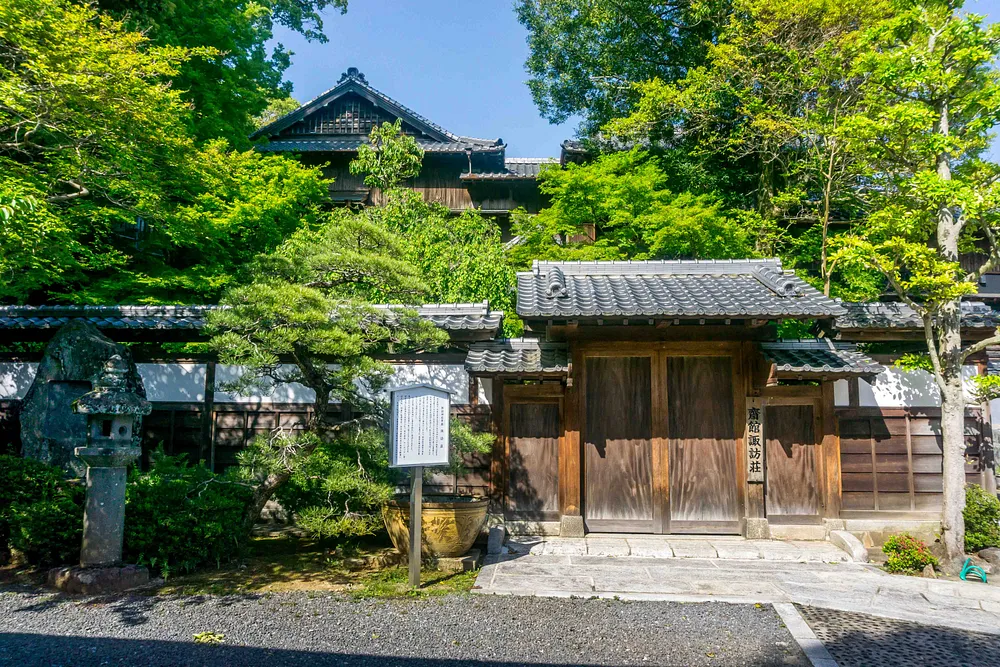
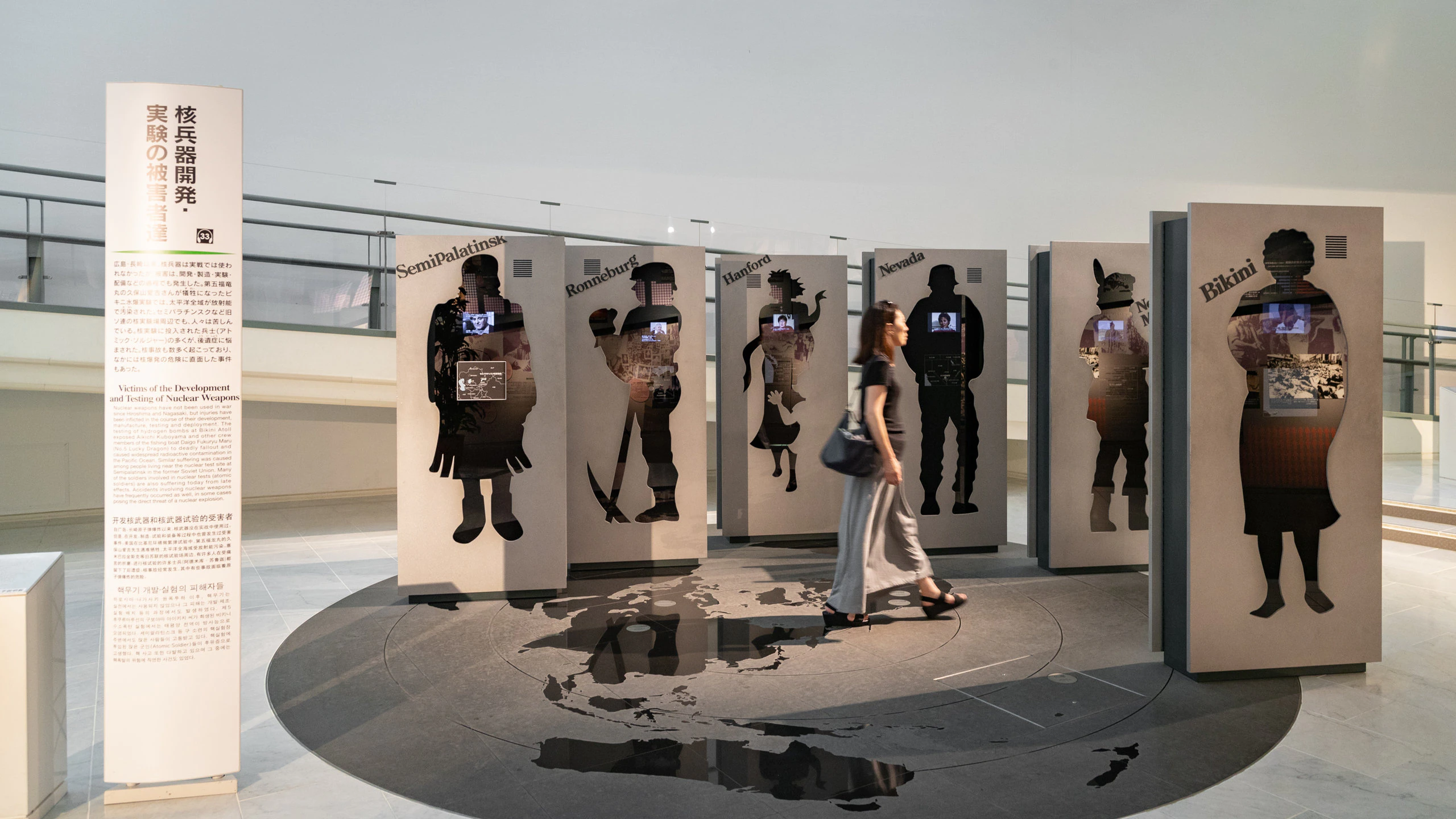
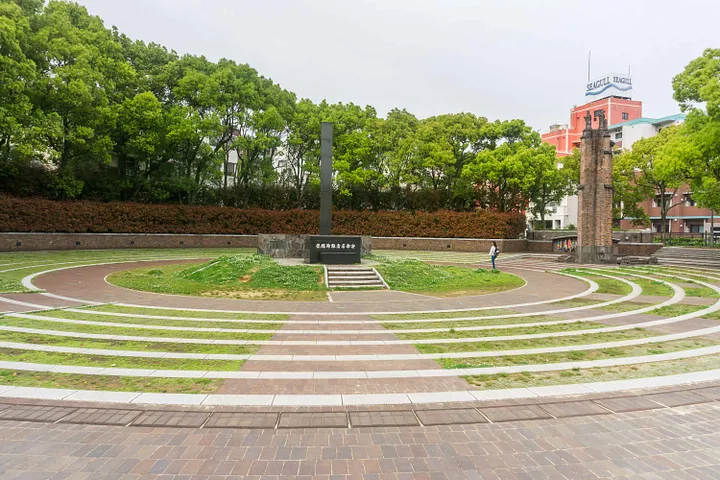

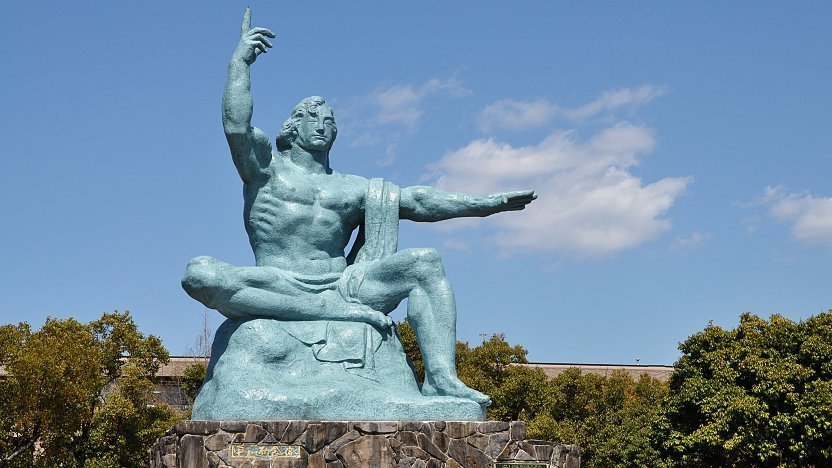





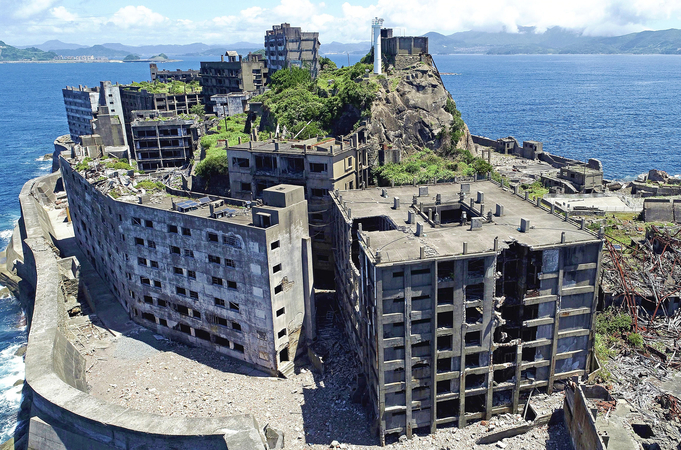

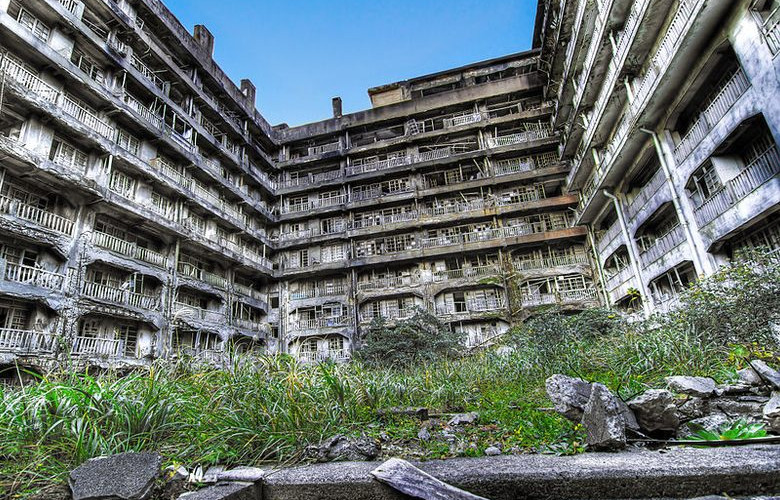









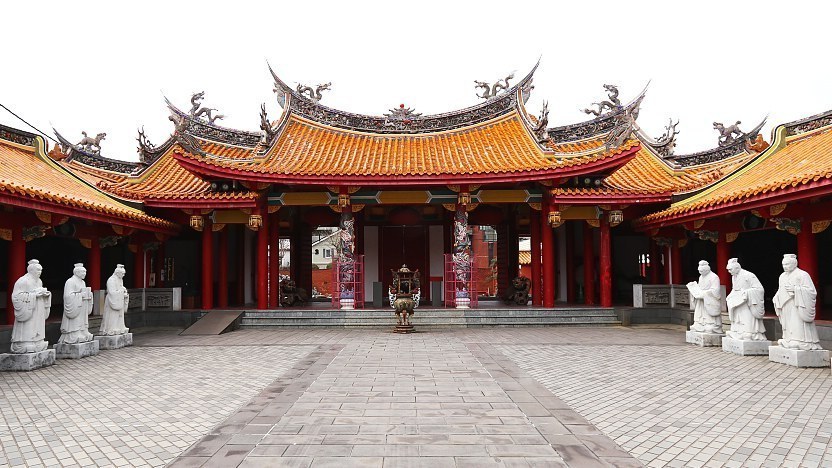





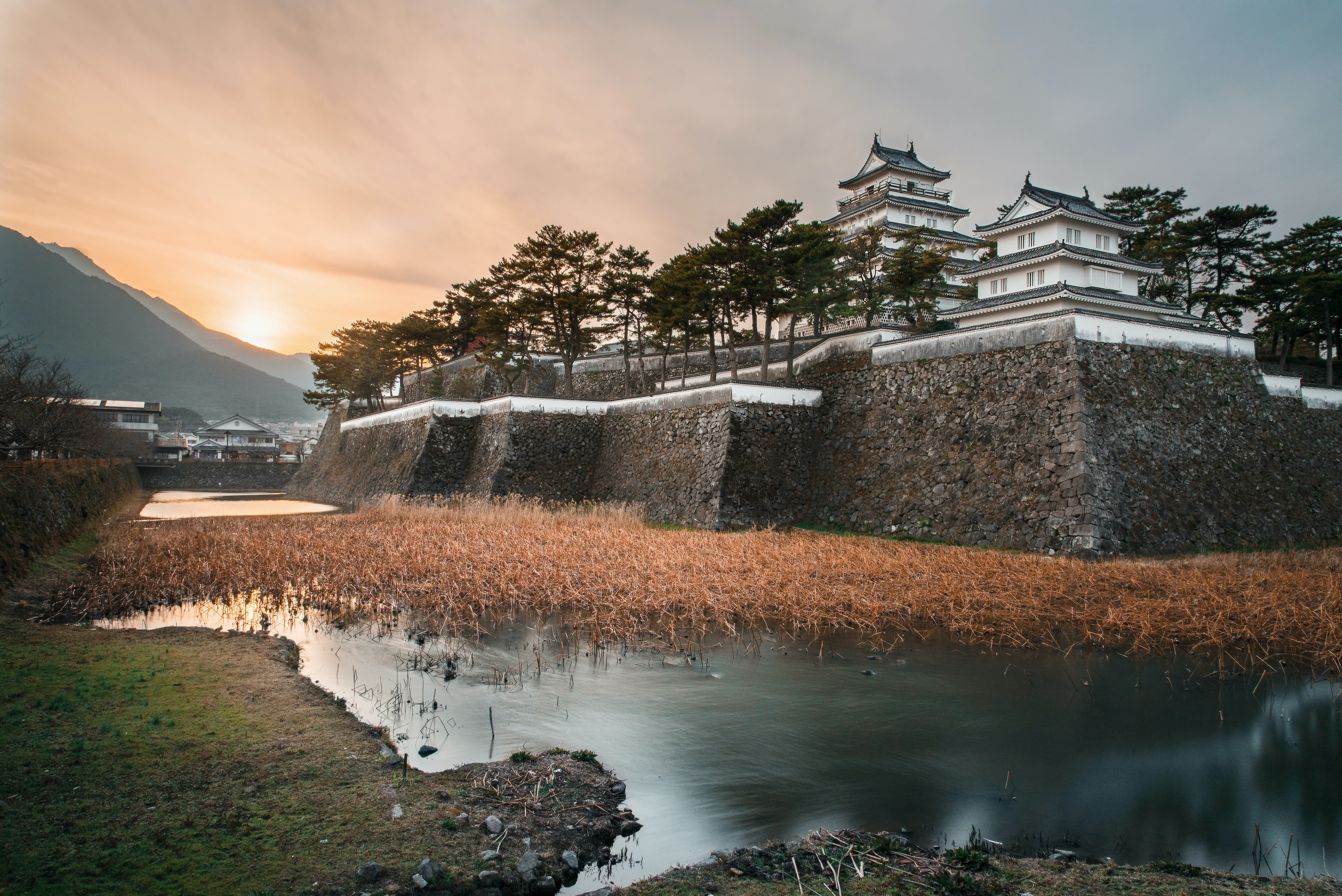

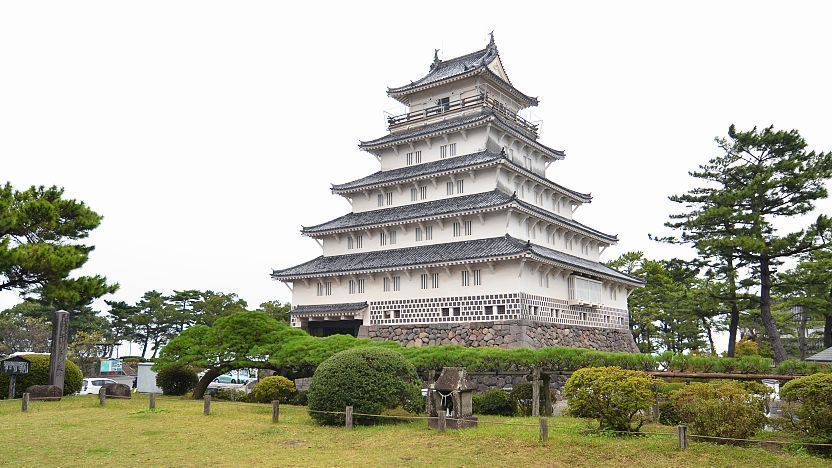
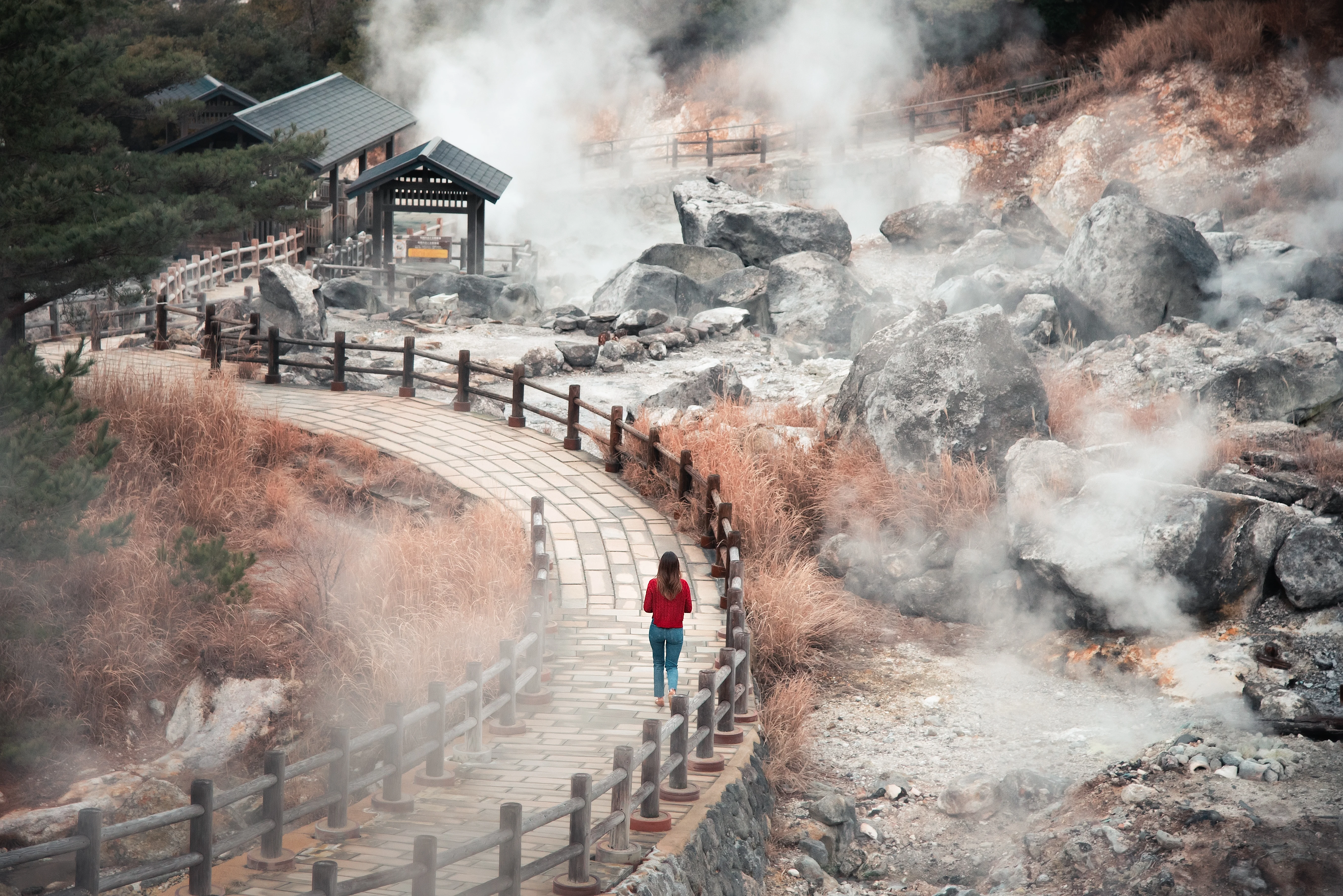

Comments